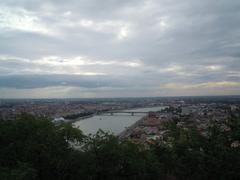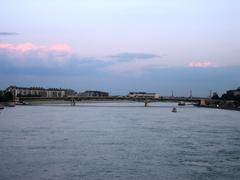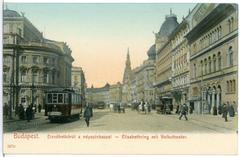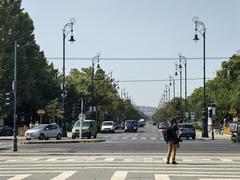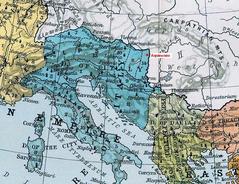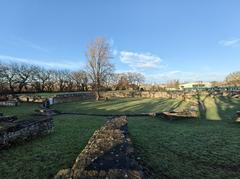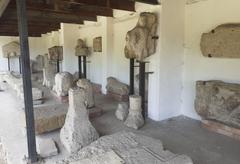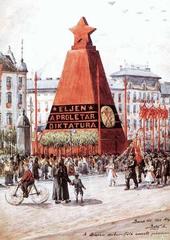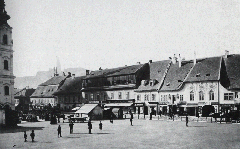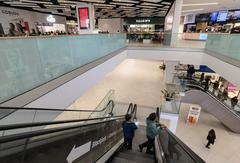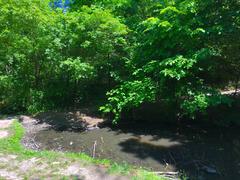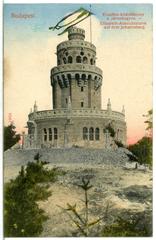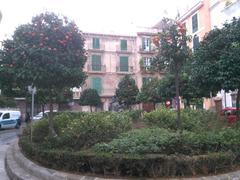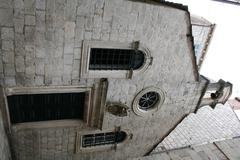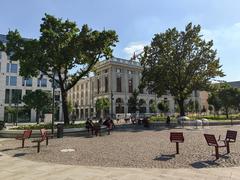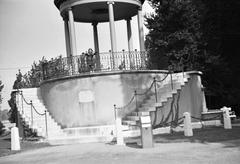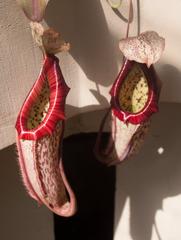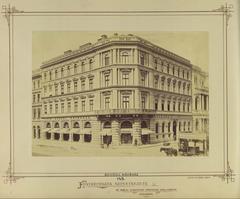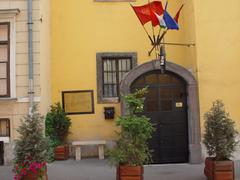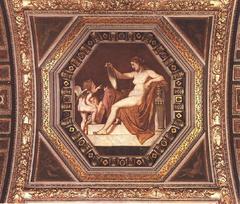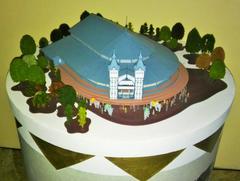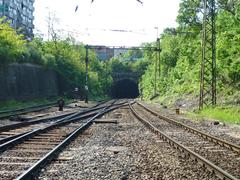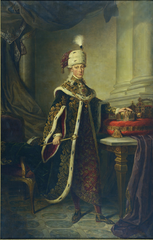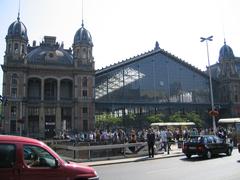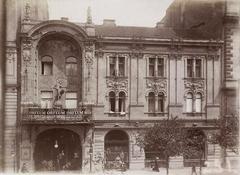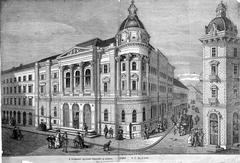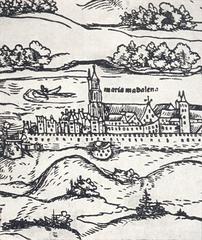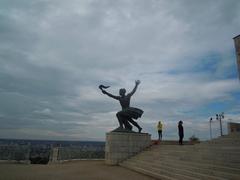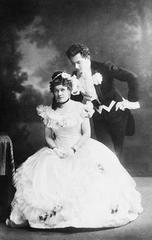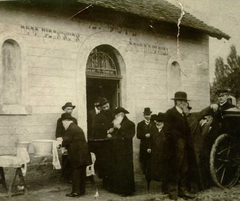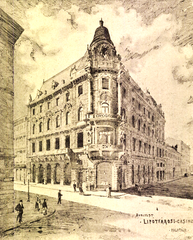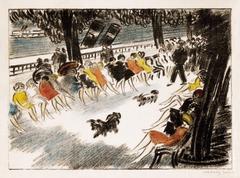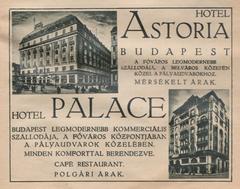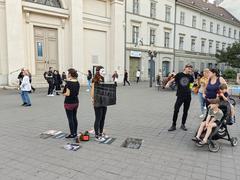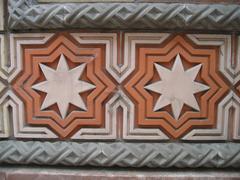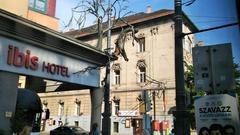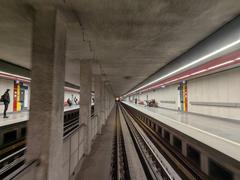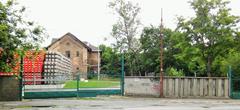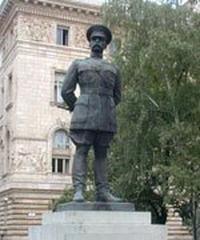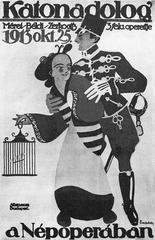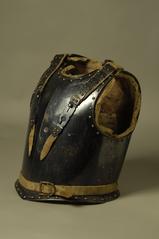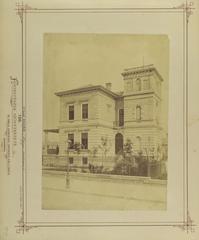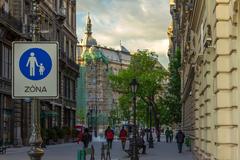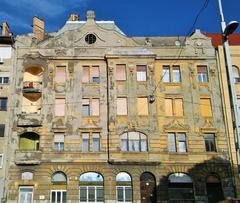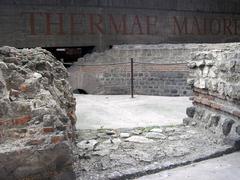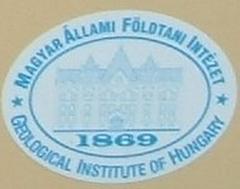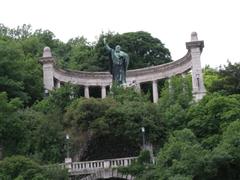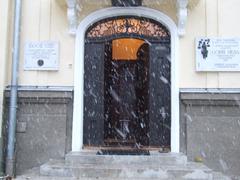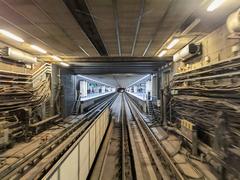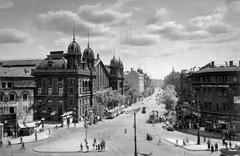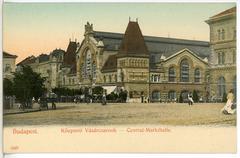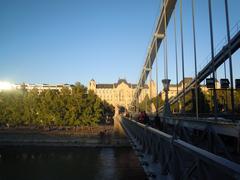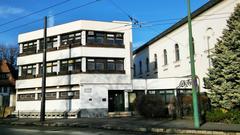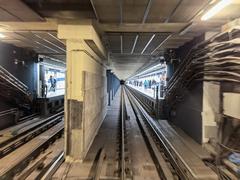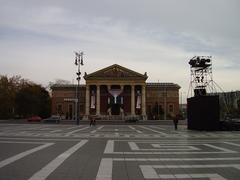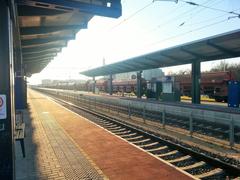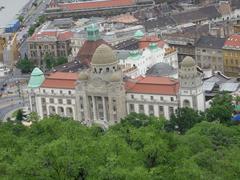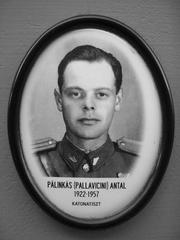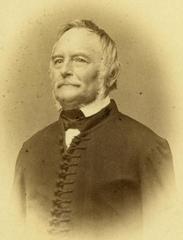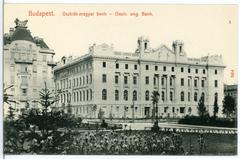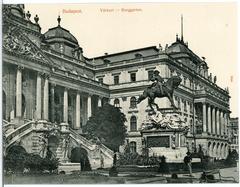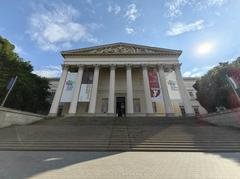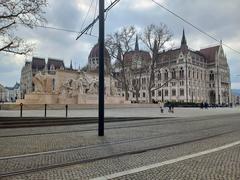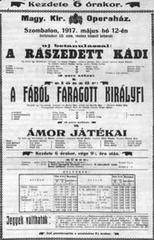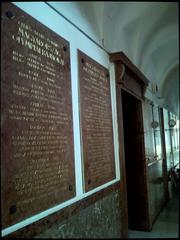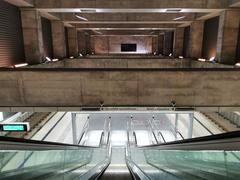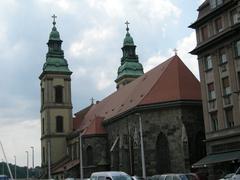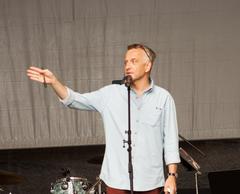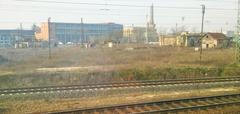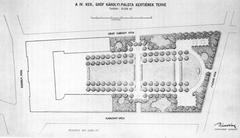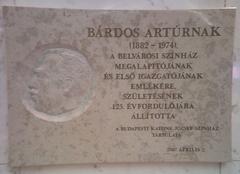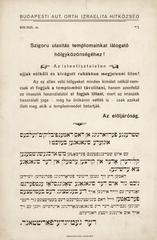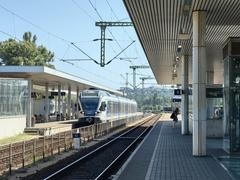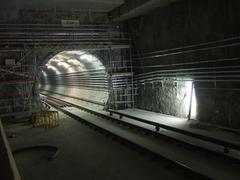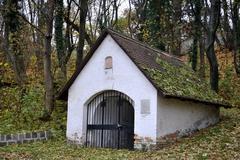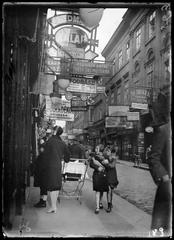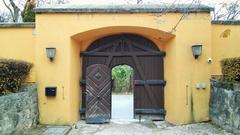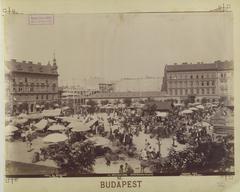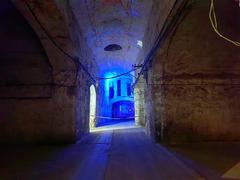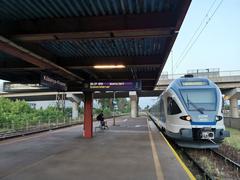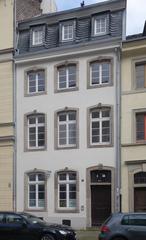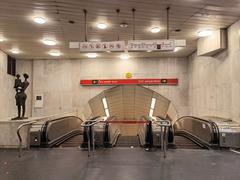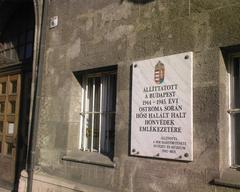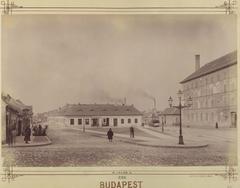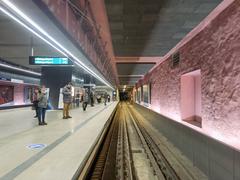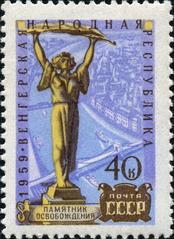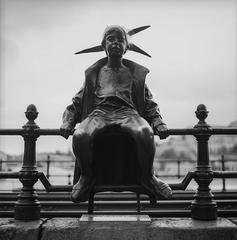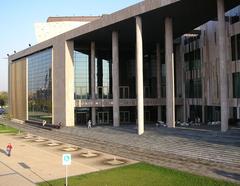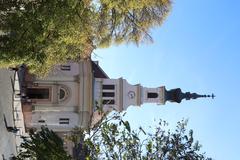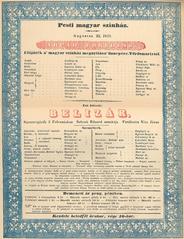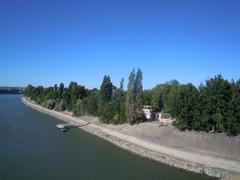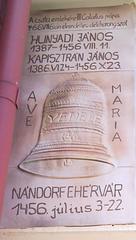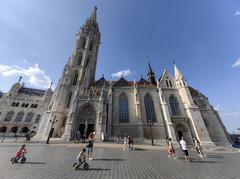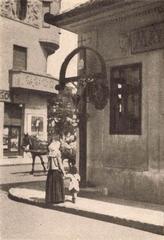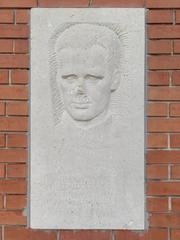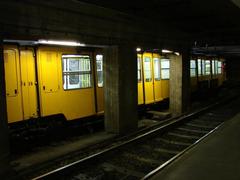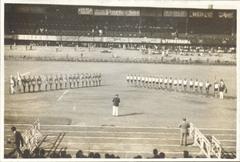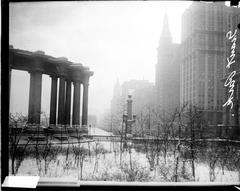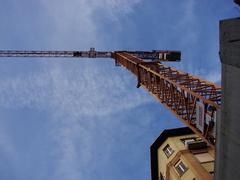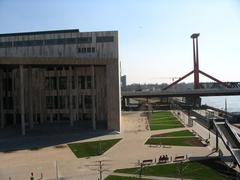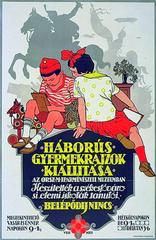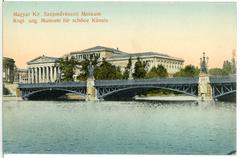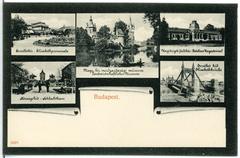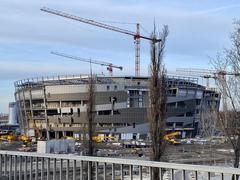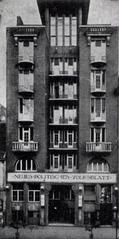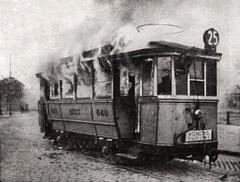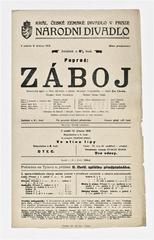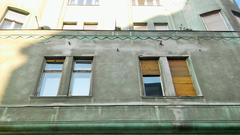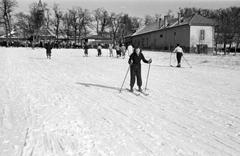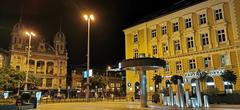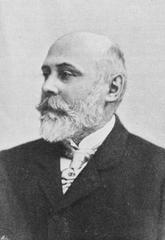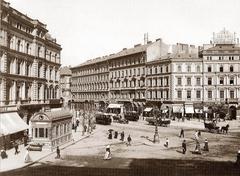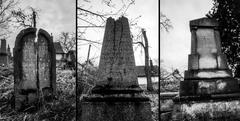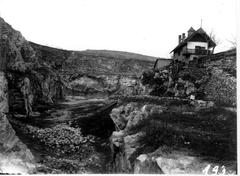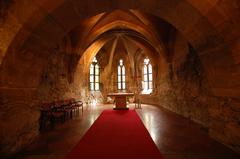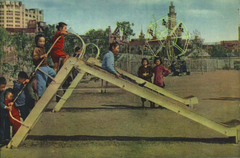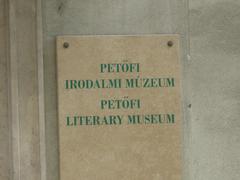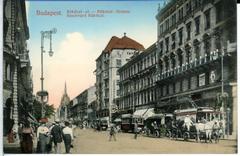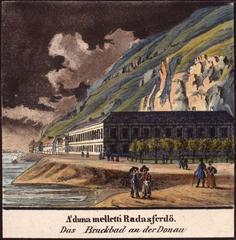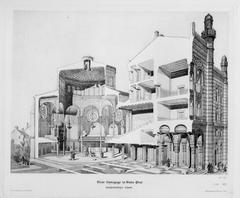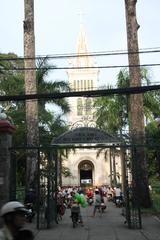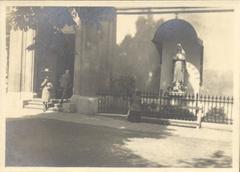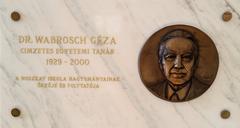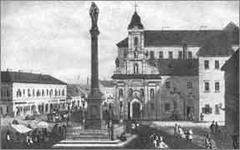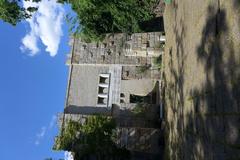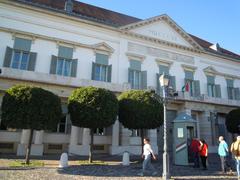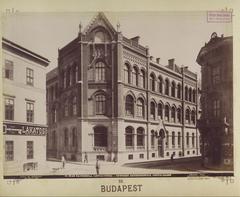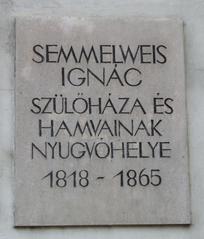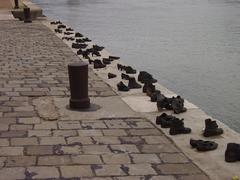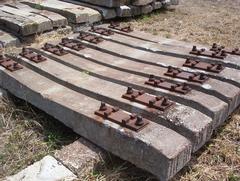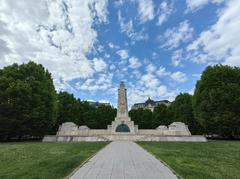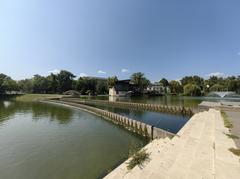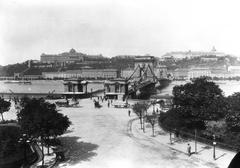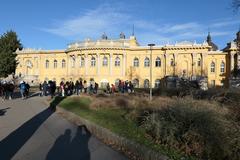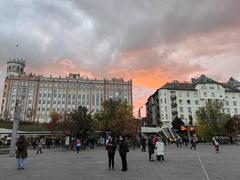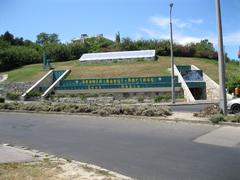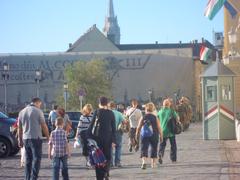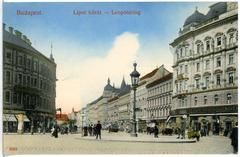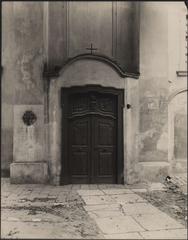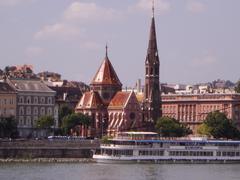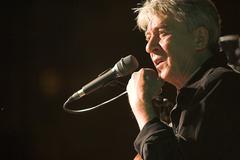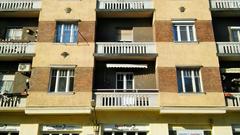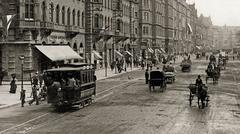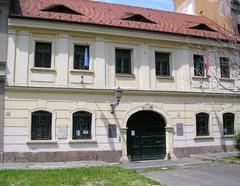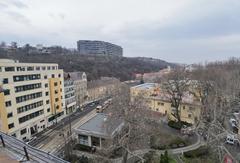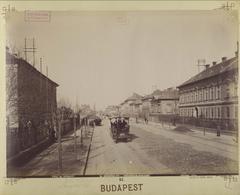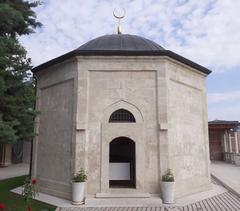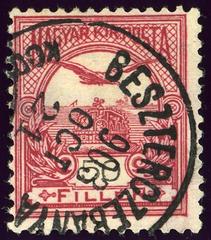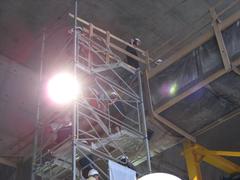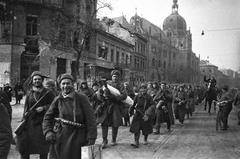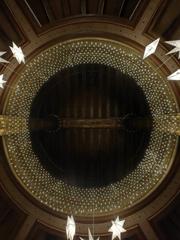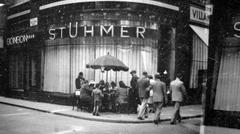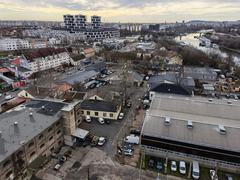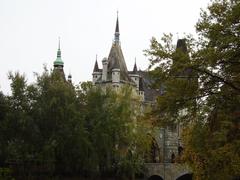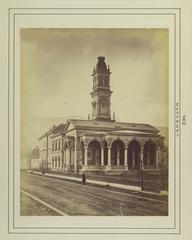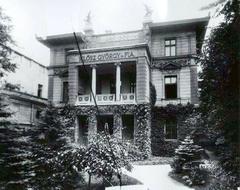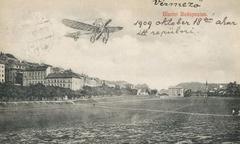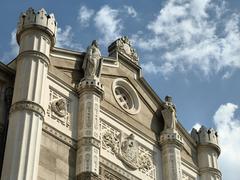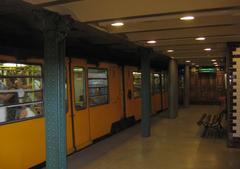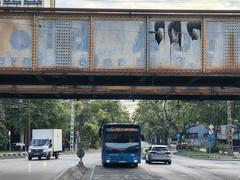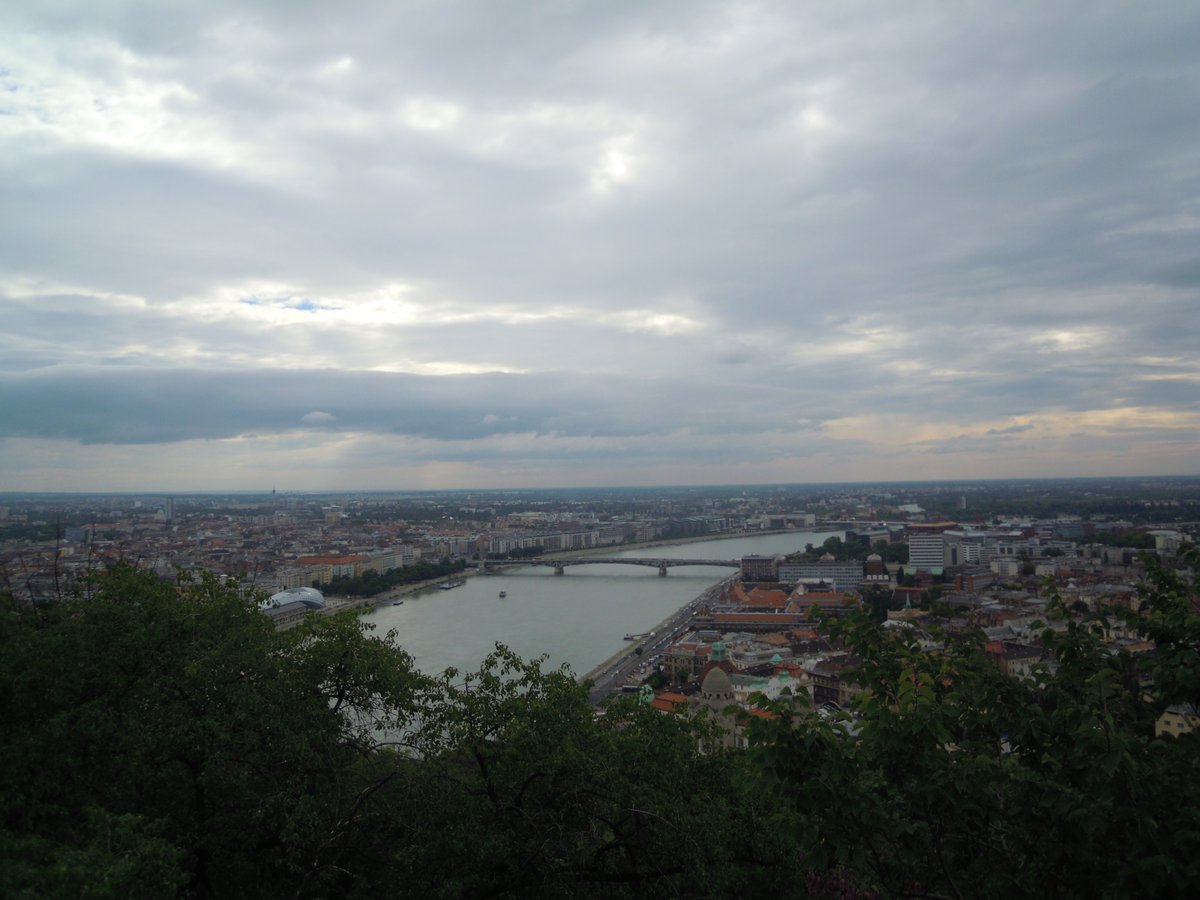
Visiting Petőfi Bridge in Budapest: Hours, Tickets, and Travel Tips
Date: 22/07/2024
Introduction
Petőfi híd, also known as Petőfi Bridge, is one of Budapest’s most significant architectural landmarks, embodying the city’s rich history and cultural heritage. Named after the revered Hungarian poet Sándor Petőfi, the bridge has a storied past that dates back to the early 20th century. Originally constructed between 1933 and 1937, this steel girder bridge serves as a crucial connector between the southern districts of Pest and Buda, facilitating both transportation and commerce. After facing severe damage during World War II, the bridge was meticulously rebuilt, symbolizing Budapest’s resilience and spirit of renewal. Today, Petőfi híd stands not only as a functional infrastructure but also as a cultural icon, celebrated for its minimalist architectural elegance and its role in the city’s urban development. Open 24/7 and free of charge, it offers stunning views of the Danube River and is conveniently located near several key attractions, making it a must-visit destination for both history enthusiasts and casual travelers. For more detailed information, you can visit the official Budapest tourism website.
Table of Contents
- Introduction
- Early Conception and Construction
- World War II and Reconstruction
- Architectural and Engineering Features
- Role in Urban Development
- Visiting Hours, Tickets, and Travel Tips
- Nearby Attractions and Accessibility
- Cultural Significance
- Modern Developments and Maintenance
- Future Prospects
- Conclusion
- FAQ
Early Conception and Construction
Petőfi híd, originally known as Horthy Miklós híd, was conceived in the early 20th century as part of Budapest’s urban development plan. The bridge was designed to connect the southern parts of Pest and Buda, facilitating transportation and commerce. Construction began in 1933 and was completed in 1937. The bridge was named after Miklós Horthy, the Regent of Hungary at the time. The design was a collaborative effort between engineers Pál Álgyay Hubert and János Kossalka, who aimed to create a structure that was both functional and aesthetically pleasing.
World War II and Reconstruction
During World War II, Petőfi híd, like many other bridges in Budapest, suffered significant damage. In 1944, retreating German forces blew up the bridge to hinder the advancing Soviet troops. The destruction of the bridge was a major setback for the city, disrupting transportation and commerce.
Reconstruction efforts began shortly after the war, with the bridge being rebuilt between 1946 and 1948. The new structure was designed to be more robust and resilient, incorporating modern engineering techniques. The bridge was renamed Petőfi híd in honor of the famous Hungarian poet Sándor Petőfi, symbolizing a new era of rebuilding and cultural renaissance.
Architectural and Engineering Features
Petőfi híd is a steel girder bridge, a design chosen for its strength and durability. The bridge spans 514 meters in length and 25.6 meters in width, making it one of the longest bridges in Budapest. It features two main spans of 154 meters each, supported by three piers in the Danube River. The bridge’s design includes pedestrian walkways on both sides, providing a safe and scenic route for walkers and cyclists.
The bridge’s architectural style is functionalist, reflecting the practical needs of the post-war reconstruction period. Despite its utilitarian design, the bridge has a certain elegance, with clean lines and a minimalist aesthetic. The steel structure is painted in a distinctive green color, making it easily recognizable among Budapest’s many bridges.
Role in Urban Development
Petőfi híd has played a crucial role in the urban development of Budapest. By connecting the southern districts of Pest and Buda, the bridge has facilitated the growth of residential and commercial areas on both sides of the river. The bridge has also improved access to key infrastructure, including universities, hospitals, and cultural institutions.
One of the most significant impacts of Petőfi híd has been on public transportation. The bridge is a vital link in Budapest’s tram network, with several tram lines crossing the bridge daily. This has made it easier for residents and visitors to navigate the city, reducing travel times and improving connectivity.
Visiting Hours, Tickets, and Travel Tips
Petőfi híd is accessible 24/7, and there is no admission fee to walk across the bridge. Visitors can enjoy the scenic views of the Danube River and Budapest’s skyline at any time of the day. For those interested in photography, early morning and late afternoon offer the best lighting conditions.
There are no specific tickets required to visit Petőfi híd, but if you plan to use public transportation, you may need to purchase tram tickets. Budapest’s public transportation system is efficient, and tickets can be bought at vending machines or online.
Nearby Attractions and Accessibility
Petőfi híd is conveniently located near several notable attractions. On the Buda side, you can explore Gellért Hill and the Citadel, both offering stunning panoramic views of the city. On the Pest side, the Great Market Hall and the Hungarian National Museum are within walking distance.
The bridge is easily accessible by tram, with several lines crossing it daily. Additionally, bike rentals are available nearby, making it easy for cyclists to explore the area. Pedestrian walkways ensure a safe passage for those who prefer to walk.
Cultural Significance
Petőfi híd holds a special place in the hearts of Budapest’s residents. The bridge is named after Sándor Petőfi, one of Hungary’s most beloved poets and a national hero. Petőfi’s works are celebrated for their patriotic themes and lyrical beauty, and the bridge serves as a tribute to his enduring legacy.
The bridge is also a popular spot for cultural events and activities. Throughout the year, various festivals and public gatherings are held on and around the bridge, celebrating Budapest’s rich cultural heritage. The bridge’s pedestrian walkways offer stunning views of the Danube River and the city’s skyline, making it a favorite spot for photographers and tourists.
Modern Developments and Maintenance
In recent years, Petőfi híd has undergone several maintenance and renovation projects to ensure its safety and longevity. These efforts have included structural repairs, repainting, and the installation of modern lighting systems. The bridge is regularly inspected and maintained by the Budapest Public Road Department, ensuring that it remains in good condition for future generations.
One of the most notable recent developments has been the installation of energy-efficient LED lighting. This not only enhances the bridge’s aesthetic appeal but also reduces energy consumption and environmental impact. The new lighting system highlights the bridge’s architectural features, making it a striking landmark, especially at night.
Future Prospects
Looking ahead, Petőfi híd is expected to continue playing a vital role in Budapest’s urban landscape. Plans are in place to further enhance the bridge’s functionality and accessibility, including the potential addition of dedicated bike lanes and improved pedestrian facilities. These developments aim to make the bridge even more user-friendly and sustainable, aligning with Budapest’s broader goals of promoting green transportation and reducing traffic congestion.
Conclusion
In conclusion, Petőfi híd is more than just a bridge; it is a symbol of Budapest’s resilience, cultural heritage, and forward-looking spirit. Its rich history, architectural significance, and ongoing contributions to the city’s development make it a must-visit landmark for anyone exploring Budapest. For more detailed information, you can visit the official Budapest tourism website.
FAQ
Q: What are the visiting hours for Petőfi híd?
A: Petőfi híd is accessible 24/7.
Q: How much do tickets cost for Petőfi híd?
A: There are no specific tickets required to visit Petőfi híd.
Q: Are there any guided tours available for Petőfi híd?
A: While there are no specific guided tours for the bridge itself, many city tours include a visit to Petőfi híd as part of their itinerary.
Q: What are some nearby attractions to Petőfi híd?
A: Nearby attractions include Gellért Hill, the Citadel, the Great Market Hall, and the Hungarian National Museum.
Q: Is Petőfi híd accessible by public transportation?
A: Yes, several tram lines cross the bridge daily, making it easily accessible by public transportation.
References
- Petőfi híd - History, Visiting Hours, Tickets, and Cultural Significance, 2024, Author https://www.budapestinfo.hu
- Discover the Historical Significance and Visitor Information for Petőfi híd in Budapest, 2024, Author https://www.budapestinfo.hu
- Essential Visitor Tips for Petőfi Bridge - Best Times, Tickets, and Nearby Attractions in Budapest, 2024, Author https://www.budapestinfo.hu
